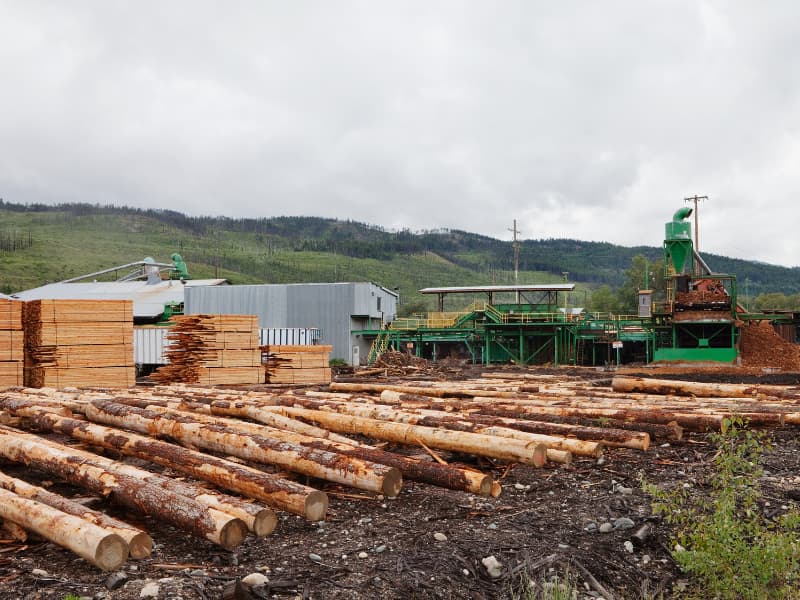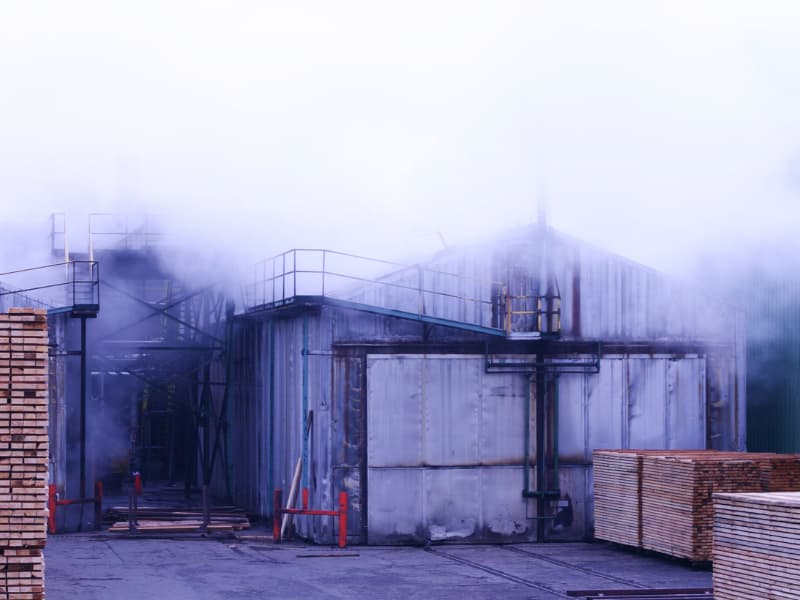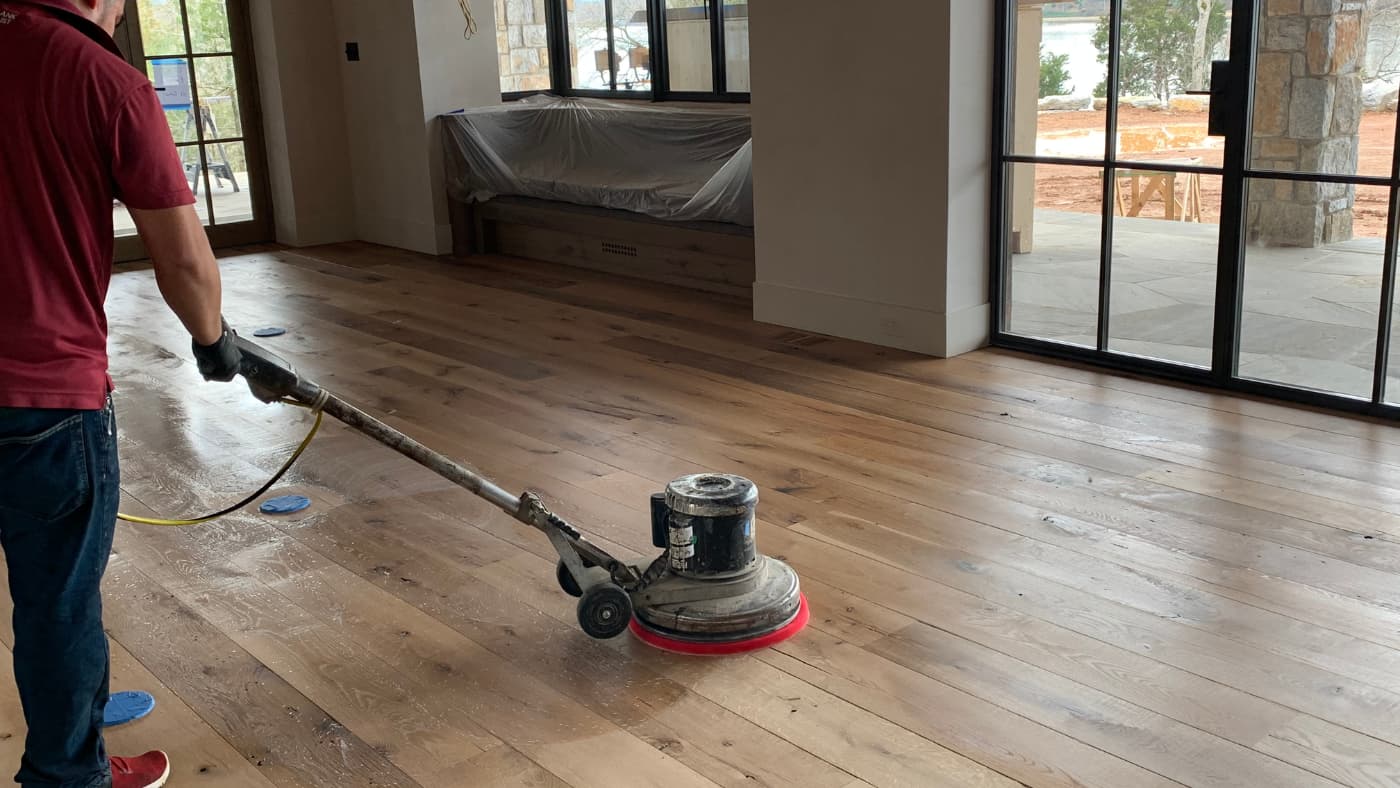Acclimating at the Mill
Did you know the most important step to installing hardwood flooring starts before the wood is on the installer’s truck? It actually begins at the sawmill, where the wood needs to go through a proper acclimation process before it comes to us. This is a crucial step, so it’s important to know the operation of your sawmill. Here at Auten Wideplank flooring, we know our providers’ processes well.
The importance of acclimating at the mill
While there is a process of acclimating the wood to a home or business, having the wood dried before it gets to that point is crucial. This drying process will allow the wood to be more workable and avoid some of the issues caused by too much moisture penetrating the wood fibers. These issues could include warping, twisting, buckling, crowning, and problems with installation. If the wood is dried correctly before it gets to the installation phase, contractors do not need to worry about these issues. They can focus on the last stage of acclimation, which is to acclimate the boards to your home or business. Then they can be installed with the proper sanding and finishing techniques to give you the gorgeous, long-lasting floor you desire.
How the wood is dried


While some sawmills might be finished after the planks have been cut, selling what is referred to as “green lumber” to box stores and contractors, many continue the process by drying the “green lumber.” First, they will stack the planks evenly with space between each board and let the stacks air dry for at least 120 days. Then they will take these stacks and place them in giant kilns. They heat these kilns, and the heat then dries the boards, removing the moisture content that the tree had absorbed before it was cut. The drying process usually involves numerous tests to ensure the boards are properly dried before being removed and sold to contractors. Drying wood planks in kilns also kills fungus and insects that might be living within or on the boards.


Conventional kilns will pipe hot air from a boiler that is generally heated by sawdust or some other by-product of the cutting process. This hot air will force the moisture out of the wood, which gets vented outside. This is the most common type of kiln. Another type of kiln that might be used is one that uses a dehumidification process. While similar to a conventional kiln, instead of venting the air, it will continually recycle the air within the chamber, forcing the moisture out of the planks to refrigeration coils, which turn the vapor into liquid. In this type of kiln, the moisture is removed as water instead of vapor.


It is helpful to know that every species of wood dries differently. And that is just one factor that can affect the drying time. Other factors include the plank’s thickness and the time it was air-dried before it was put into the kiln. To give you an idea of the length of the process: quarter-sawn white oak planks can take up to four months to dry in a kiln, while maple might only take two weeks.






